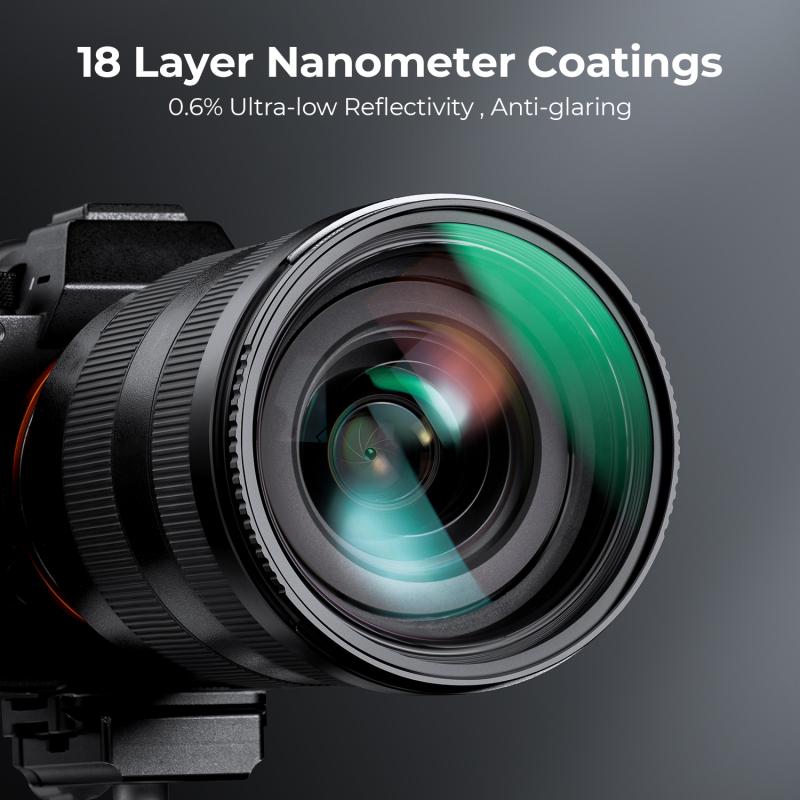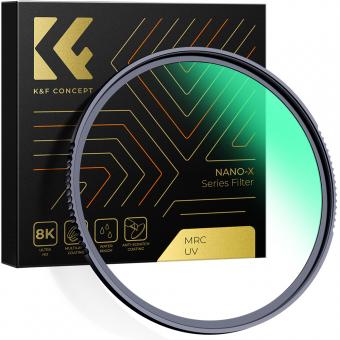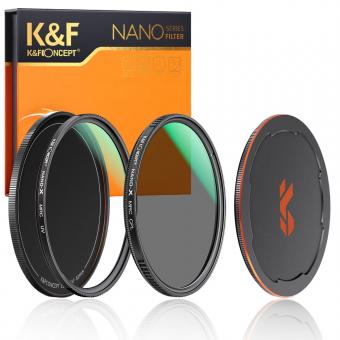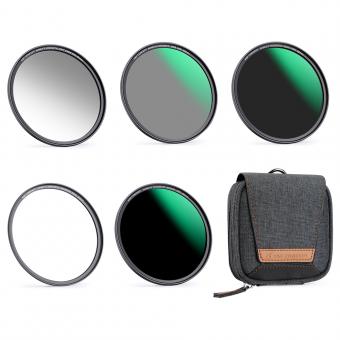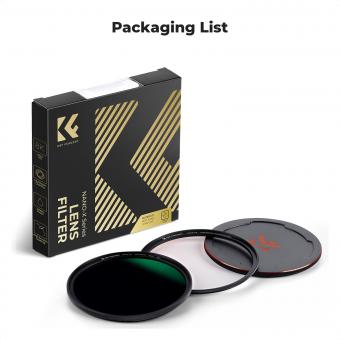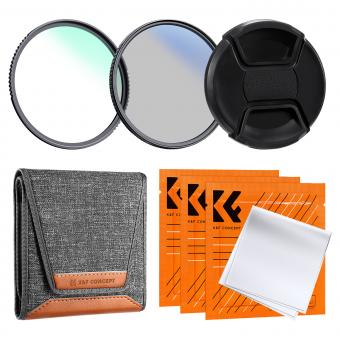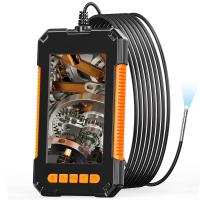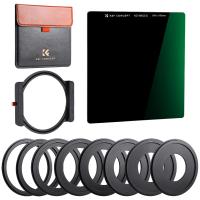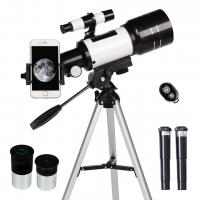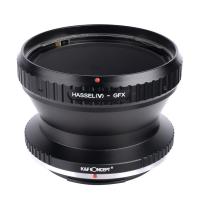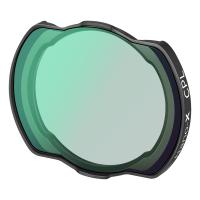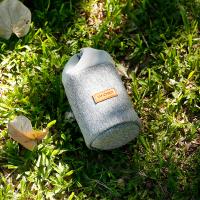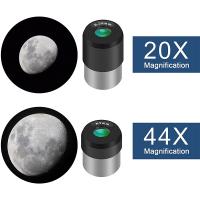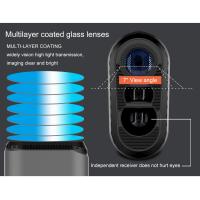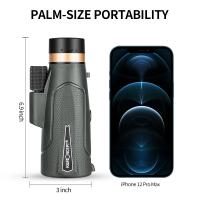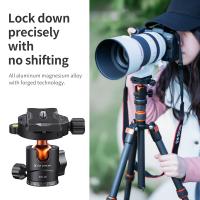What Does Uv Filter Cat 2 Mean ?
UV filter cat 2 refers to the category rating of a UV filter used in sunglasses or other eyewear. The category rating indicates the level of protection the filter provides against ultraviolet (UV) radiation from the sun. In this case, cat 2 signifies a medium level of UV protection. UV filters with a cat 2 rating typically block around 70% to 80% of UV rays, allowing only a small amount of UV radiation to pass through the lens. It is important to note that higher category ratings, such as cat 3 or cat 4, offer greater UV protection. The cat 2 rating is suitable for moderate sunlight conditions, but may not provide sufficient protection in very bright or intense sunlight.
1、 UV Filter: Protection against harmful ultraviolet (UV) radiation.
UV Filter: Protection against harmful ultraviolet (UV) radiation.
UV filters are commonly used in sunglasses and other eyewear to protect the eyes from the harmful effects of ultraviolet radiation. UV radiation is a type of electromagnetic radiation that is emitted by the sun and can cause damage to the eyes and skin.
UV filters in sunglasses are categorized into different levels of protection, known as categories. Category 2 UV filters provide a medium level of protection against UV radiation. They block out approximately 70% to 80% of UV rays, reducing the amount of UV radiation that reaches the eyes.
The main purpose of a UV filter is to protect the eyes from the harmful effects of UV radiation. Prolonged exposure to UV radiation can lead to various eye conditions, such as cataracts, macular degeneration, and photokeratitis (sunburn of the cornea). By wearing sunglasses with a UV filter, you can significantly reduce the risk of developing these conditions.
It is important to note that UV filters do not necessarily correlate with the darkness or tint of the lenses. The darkness of the lenses primarily affects the amount of visible light that is transmitted through the sunglasses, while the UV filter specifically targets UV radiation.
In recent years, there has been growing awareness about the importance of UV protection for the eyes. Studies have shown that long-term exposure to UV radiation can have cumulative effects on eye health, even if the immediate effects are not immediately noticeable. Therefore, it is recommended to choose sunglasses with a UV filter, preferably category 2 or higher, to ensure adequate protection for your eyes.
In conclusion, a UV filter with a category 2 rating provides a medium level of protection against harmful UV radiation. Wearing sunglasses with a UV filter can help safeguard your eyes from the damaging effects of UV radiation and reduce the risk of developing eye conditions associated with prolonged exposure to UV rays.
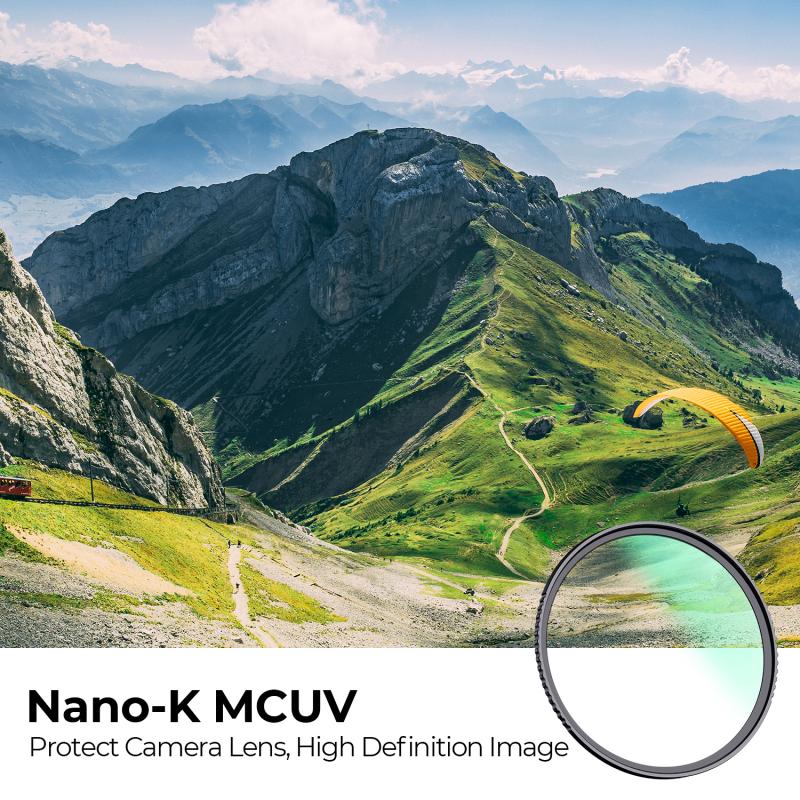
2、 CAT 2: Category 2 level of UV protection.
A UV filter with a CAT 2 rating means that it provides a category 2 level of UV protection. UV filters are commonly used in sunglasses and other eyewear to block harmful ultraviolet (UV) radiation from reaching the eyes. UV radiation is a type of electromagnetic radiation emitted by the sun, and prolonged exposure to it can lead to various eye problems, including cataracts, macular degeneration, and photokeratitis.
Category 2 UV filters offer a moderate level of protection against UV radiation. They are designed to block around 50% of UVB rays and 20% of UVA rays. UVB rays are responsible for causing sunburns and are more intense during the summer months, while UVA rays are present throughout the year and can penetrate clouds and glass.
It is important to note that UV filters are not solely determined by their category rating. The effectiveness of a UV filter also depends on factors such as the lens material, coatings, and overall design of the eyewear. Some lenses may provide additional features like polarization, which reduces glare and enhances visual clarity.
It is recommended to choose sunglasses or eyewear that offer a higher level of UV protection, such as category 3 or 4, especially in situations with intense sunlight or high altitudes. Additionally, it is crucial to ensure that the sunglasses fit properly and cover the entire eye area to provide adequate protection.
In conclusion, a CAT 2 UV filter provides a moderate level of UV protection, blocking around 50% of UVB rays and 20% of UVA rays. However, it is advisable to consider sunglasses with higher category ratings for enhanced protection, and to prioritize proper fit and coverage for optimal eye safety.

3、 UV Radiation: Electromagnetic radiation with wavelengths shorter than visible light.
UV filter cat 2 refers to the category of ultraviolet (UV) protection provided by a specific type of filter. UV radiation is a form of electromagnetic radiation that has wavelengths shorter than visible light. It is emitted by the sun and can have harmful effects on the skin and eyes if exposed for prolonged periods without protection.
UV filters are commonly used in sunglasses and other eyewear to block or reduce the amount of UV radiation that reaches the eyes. The categorization of UV filters into different categories, such as cat 2, helps consumers understand the level of protection provided by the filter.
In the case of UV filter cat 2, it indicates that the filter provides medium-level protection against UV radiation. The exact specifications may vary depending on the manufacturer, but generally, cat 2 filters block around 70% to 80% of UV rays. This means that they allow a moderate amount of UV radiation to pass through, while still providing a significant level of protection.
It is important to note that UV filter cat 2 may not be suitable for all situations. For example, in environments with intense sunlight or high altitudes, where UV radiation levels are higher, a higher category of UV filter may be recommended. Additionally, individuals with specific eye conditions or sensitivity to UV radiation may require higher levels of protection.
It is always advisable to consult with an eye care professional or refer to the manufacturer's guidelines to determine the appropriate level of UV protection needed for specific activities or conditions.

4、 Sun Protection: Shielding the skin and eyes from harmful UV rays.
UV filter cat 2 refers to the level of sun protection provided by a specific type of UV filter. UV filters are commonly used in sunglasses and other eyewear to shield the skin and eyes from harmful ultraviolet (UV) rays emitted by the sun.
UV rays are classified into three categories: UVA, UVB, and UVC. UVA rays have the longest wavelength and can penetrate deep into the skin, causing premature aging and increasing the risk of skin cancer. UVB rays have a shorter wavelength and primarily affect the outer layers of the skin, causing sunburns and contributing to the development of skin cancer. UVC rays have the shortest wavelength and are mostly absorbed by the Earth's atmosphere, so they are less of a concern.
The UV filter cat 2 indicates that the sunglasses or eyewear provide a medium level of protection against both UVA and UVB rays. This means that they block a significant amount of UV radiation, reducing the risk of sunburn and long-term damage to the skin and eyes. However, it is important to note that UV filter cat 2 may not provide sufficient protection in extremely bright conditions or for prolonged sun exposure. In such cases, it is recommended to use sunglasses with a higher UV filter category, such as cat 3 or cat 4.
It is worth mentioning that the latest point of view emphasizes the importance of wearing sunglasses or eyewear with adequate UV protection. Prolonged exposure to UV rays can lead to various eye conditions, including cataracts, macular degeneration, and photokeratitis (sunburn of the cornea). Therefore, it is crucial to choose sunglasses that offer appropriate UV protection and to wear them consistently, especially during peak sunlight hours and in environments with high UV intensity, such as at the beach or in snowy areas where UV rays can reflect off the surface. Regular use of sunglasses with proper UV filters can help safeguard the health of our eyes and skin from the harmful effects of UV radiation.
